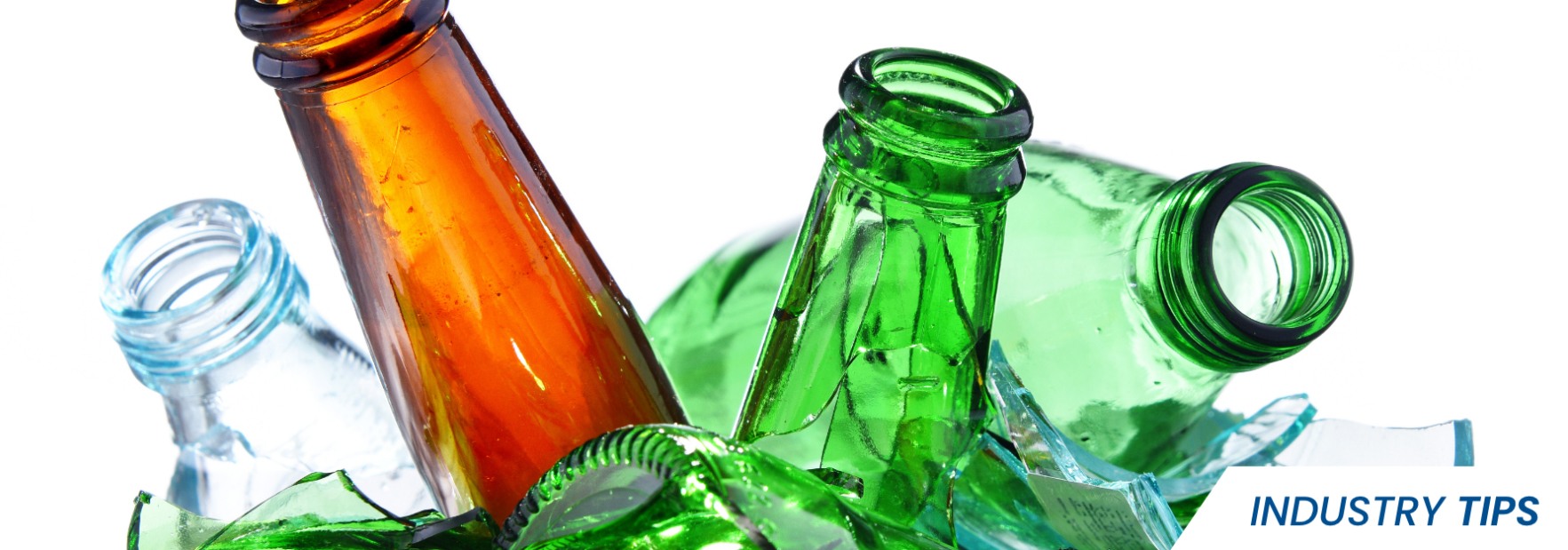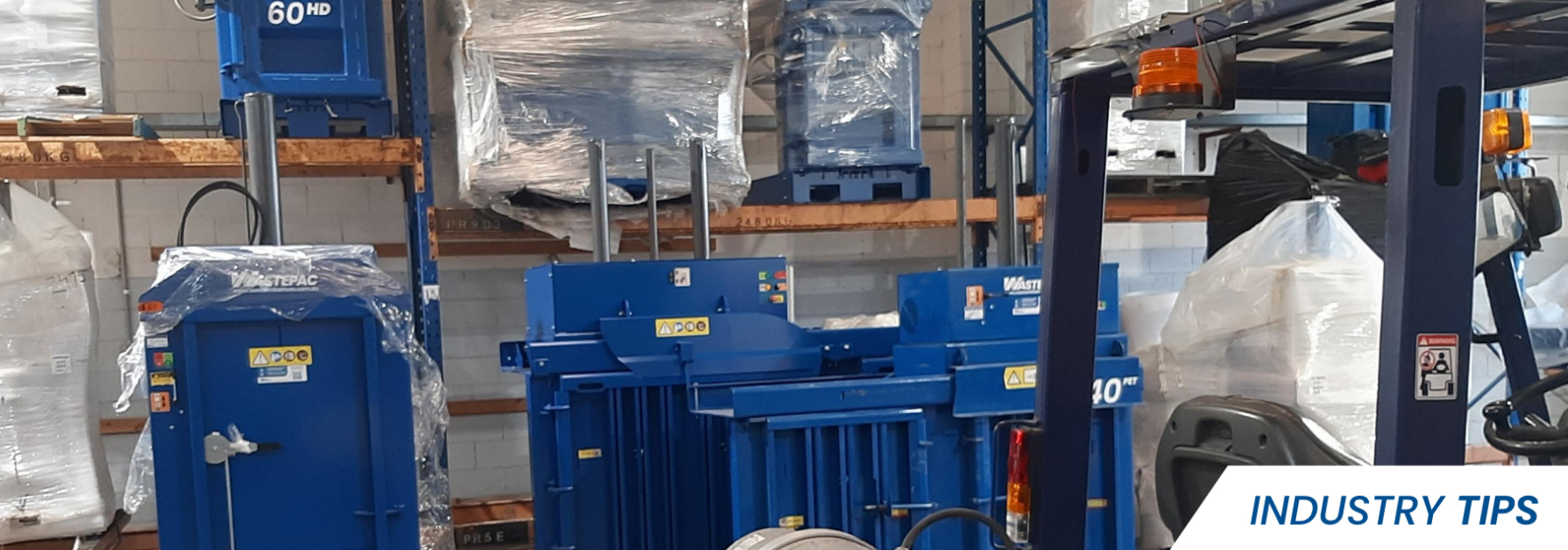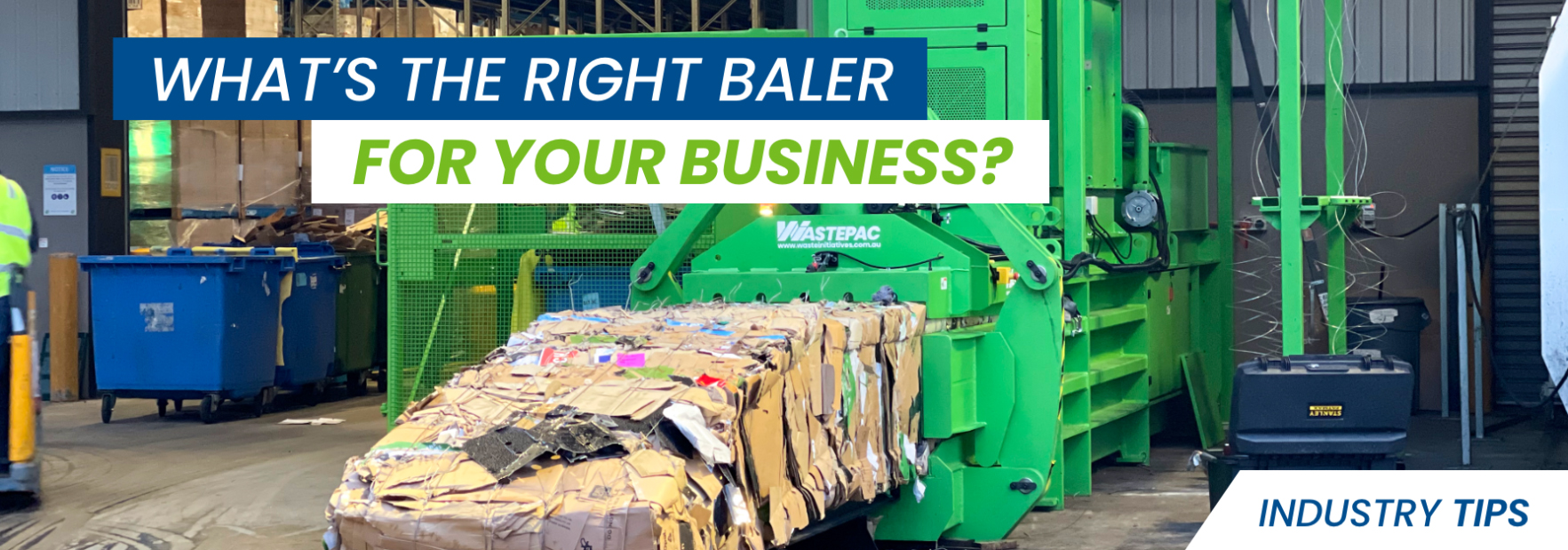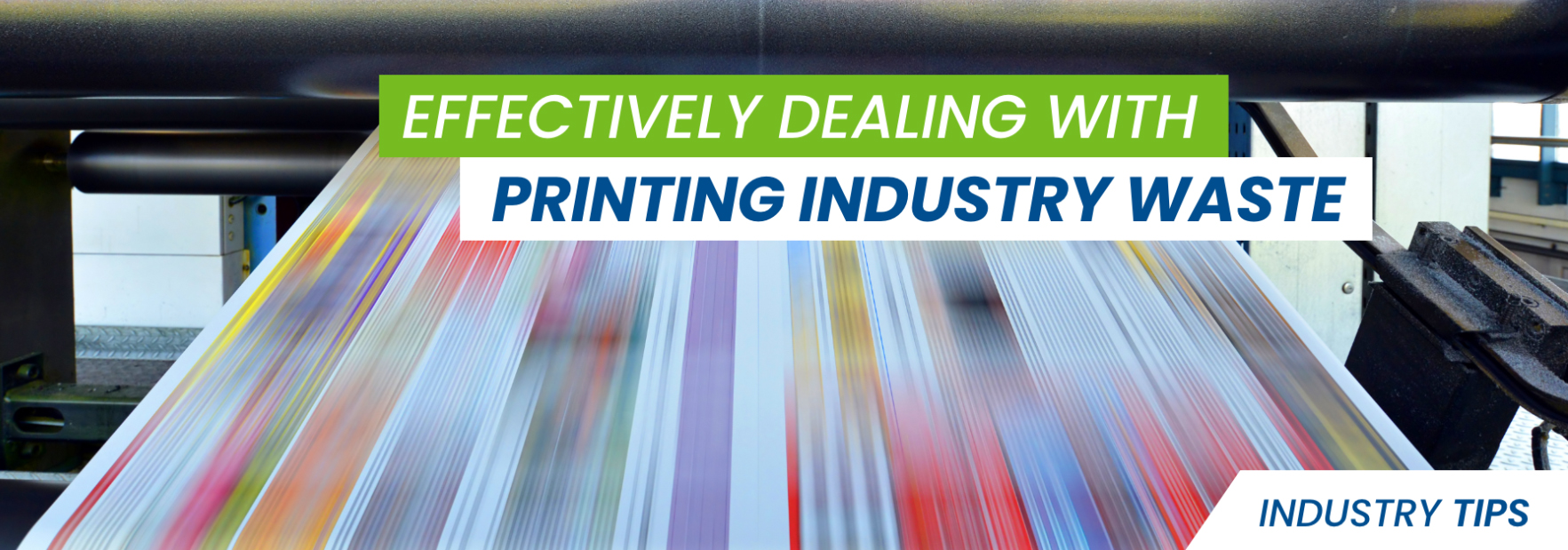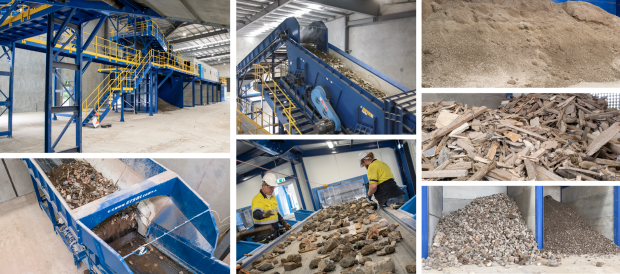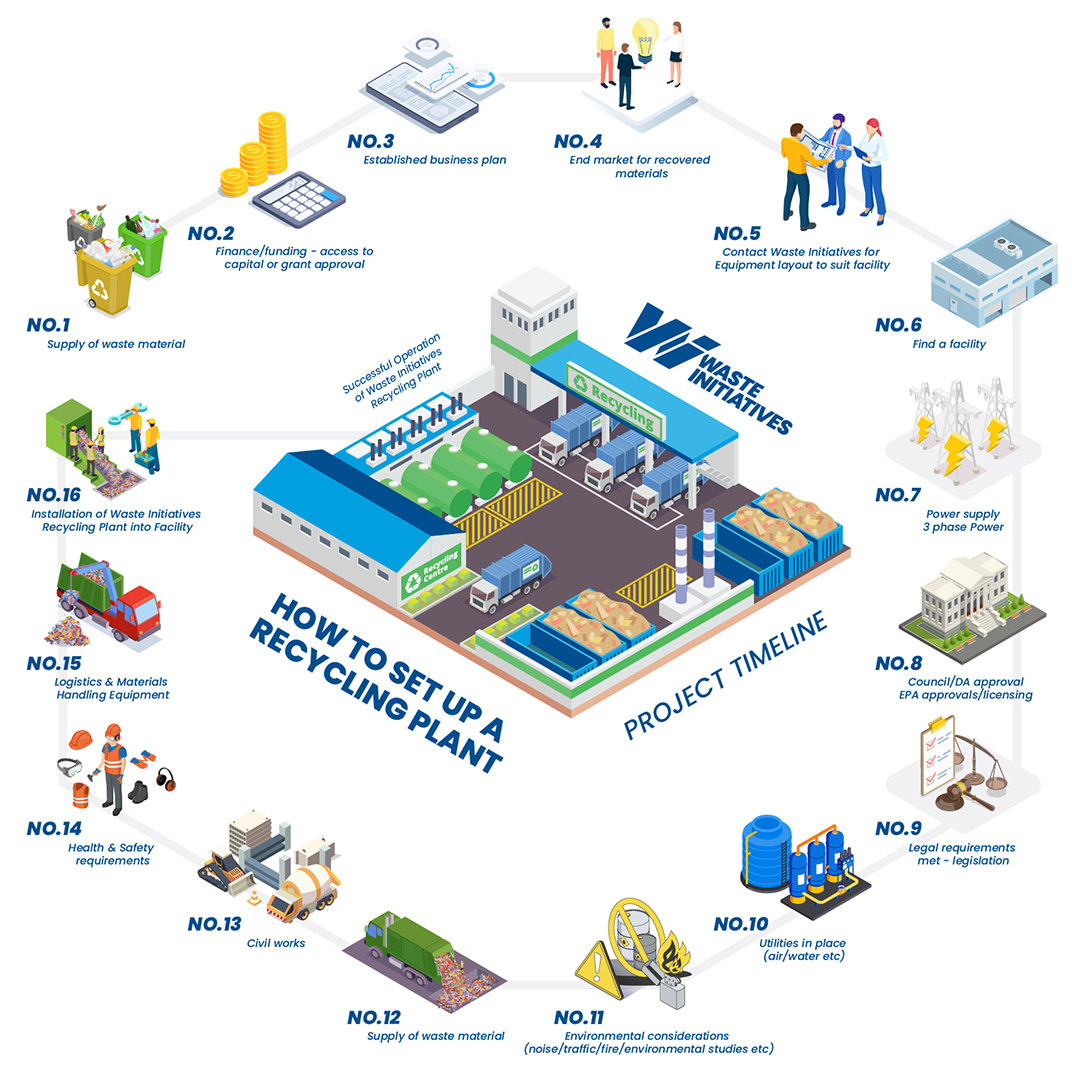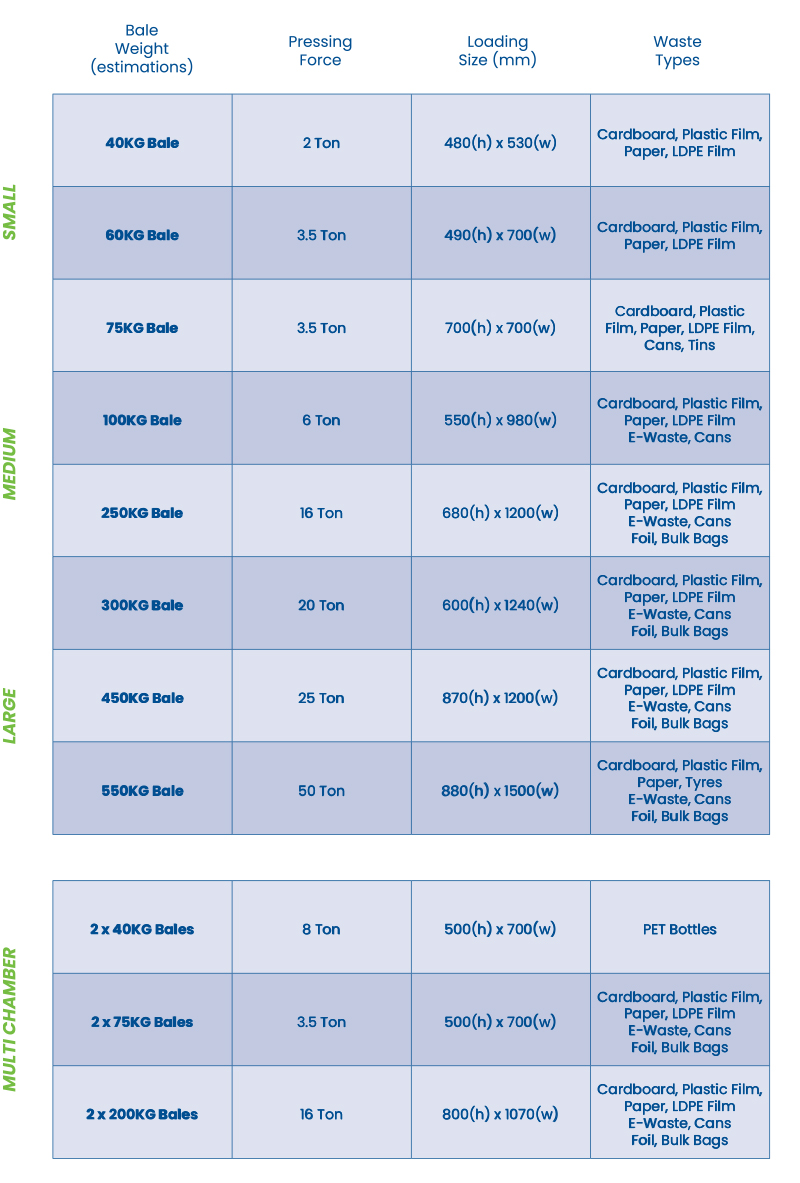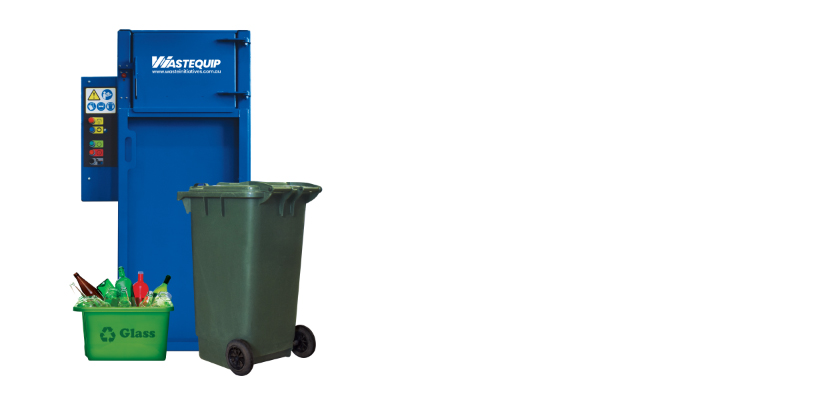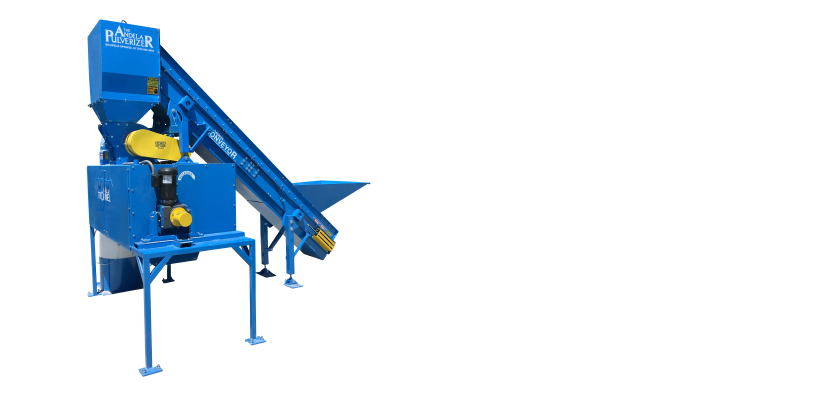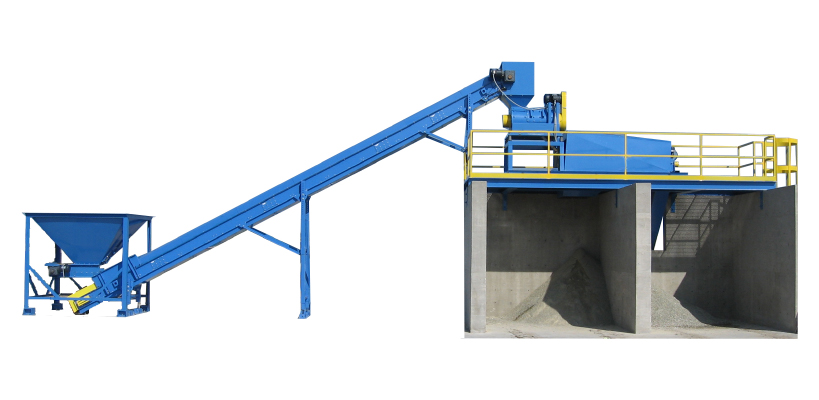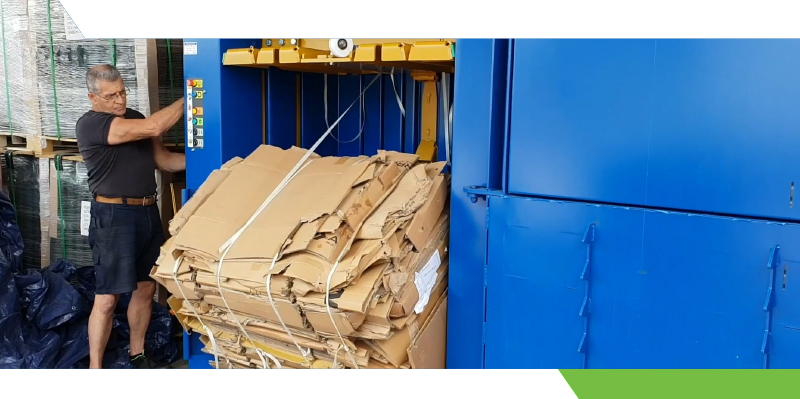The Benefits Businesses will Encounter When Using Glass Recycling Systems vs Directing Glass Waste to Landfill
It’s not an uncommon fact, that a large amount of glass waste clinks and clatters together in landfill. In fact, according to CSIROscrope, around more than a quarter of the glass we use in everyday life, becomes useless and taken to landfill. To most people, that’s quite alarming. For those who work in the waste management industry, it’s an incredibly shocking statistic to hear. Especially given there are a number of glass recycling solutions available for businesses to purchase and leverage in 2023, that would greatly combat this problem. Not only would these companies be doing their bit to make the world a cleaner place, they’d also be doing their budgets a great favour too.
Firstly consider disposal costs. Businesses wouldn’t need to assign a portion of their spend to housing, transporting and the disposal of larger amounts of glass waste, which is often mixed in with other wastes like plastics and timber, holding it back from being properly recycled. What businesses should also consider is the opportunity cost of not having their glass waste converted into smaller shards (or cullets), and even as pulverised glass, which certain organisations value as it is much easier to reuse to create their own products. Think bottle makers, or on a smaller scale, glass blowers who reshape glass into art products.
The Difference Between Entry Level Glass Crushers and Pulverise Systems
Some use glass crushers as the overall term for machinery that handles glass disposal, but it’s not entirely accurate. That’s because the glass recycling process doesn’t entirely consist of glass being broken-down by glass crushers, but it can also be finely ground into a material that more so resembles sand. That’s where the difference between glass crushers and pulverise systems begins.
Entry level glass crushers are often used by hotel groups, restaurants and clubs, for their useful ability to shatter large amounts of formed glass into cullets. Aside from the general benefit, that this reduces the amount of waste needing to be dealt with, businesses should also consider that their need for waste collection will likewise drop.
Pulverised systems then, are larger machines used for glass recycling, that break down glass into a non-dangerous, sand-like substance. The entry level machines available from Waste Initiatives are ideal for businesses that operate in remote locations who don’t have the ability to consistently have their waste collected or access to external glass recycling facilities. Additionally, for businesses without the manpower to segregate glass from other types of waste, this is also a solved problem by the entry level pulverised systems. These machines leverage a 5kW motor, so businesses can expect a great rate of glass recycling throughput in each use, up to 1.5㎥/hr and at a compaction ratio of 5:1.
The advanced alternative to pulverise systems offer all of the aforementioned glass recycling benefits from the entry level machines, but at a larger scale. They are designed to serve the needs of mid-high volume waste processors and glass recycling plants. Advanced pulverised machines can process between 1 to 10 tons of glass recycling per hour, and with proper servicing and correct operation, can be operated for many years.
What Businesses Need to Consider When a Buying Glass Processing Machine
Before doing further research on the capabilities, cost and longevity of glass recycling machines, or even before speaking to waste machinery providers like Waste Initiatives, there is a list of considerations your business should first look through.
Initially, consider the size of these glass recycling machines. Glass crushers require less floor space than the pulverisers, and most machines can easily be installed at the back of store rooms or in waste areas. Advanced pulverise machines however due to their large frame, are required to be placed in a shed or have a dedicated outdoor area. If outdoor, these machines are still needed to be placed under a roof, to avoid exposure to rain or other weather elements which would accelerate the degradation or failure of parts.
Once the size is factored, the next consideration is the level of glass recycling throughput that your business requires. This can vary, between 50kgs, all the way up to 5ton. It’s critical that businesses attempt to measure the amount of waste that they’ve processed in previous years, so that when speaking with the Waste Initiatives team, the best-suited machinery for glass recycling can be suggested.
Likewise as important as the amount of waste, is the type of waste. As mentioned above, pulverise machines have the function to segregate waste, however glass crushers don’t effectively operate with other waste types mixed in.
After you have penciled in the answers to the machine size, as well as the volume and type of waste, it’s then time to consider the efforts that will be required to maintain the glass processor. This will mostly take the form of scheduled service and backup. These can of course be performed by Waste Initiatives, and is tracked from the installation date, so your business will be alerted to when checks or maintenance is upcoming.
It is especially important to note for crushers, that due to the compacting process involving smashed glass, sharp cullets have the potential to damage or wear parts on the machine over time. The installment of spare or wear preventative parts, including attaching plates in more vulnerable areas of the machinery, is a necessary action when the need arises.
If your business has been discussing the benefits of glass recycling, or you’d like to know more about glass crushers or pulverise systems, please reach out to Waste Initiatives through an inquiry on the website. In your message, highlight your glass recycling needs, as well as identify any of the glass crushers of pulverise systems which you believe your business would benefit from operating, and our team of experts can discuss your options. If you have a specific question, or would like to place an order for a particular machine, you can also contact us on email, through info@wasteintitiatives.com

